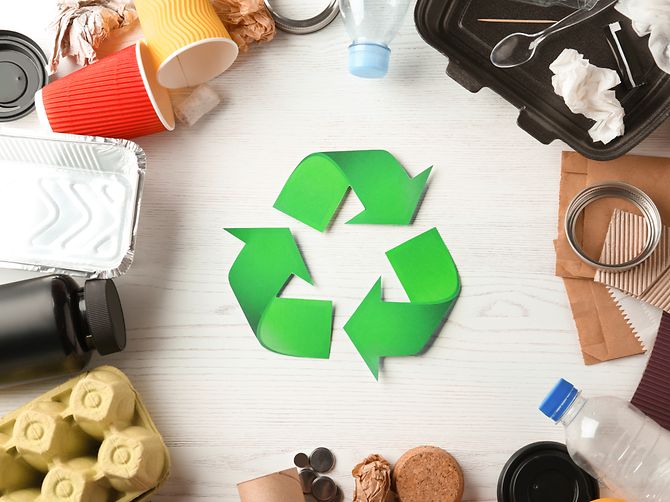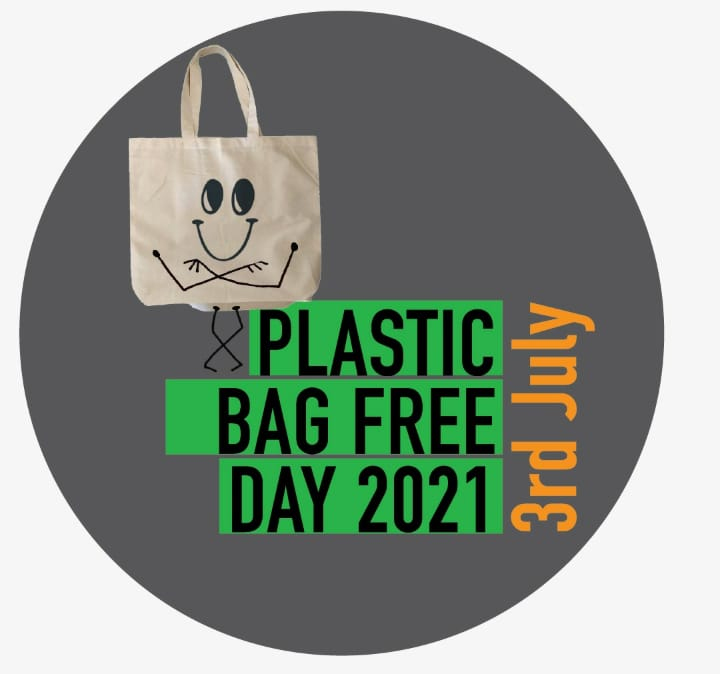The series of recycling symbols on plastic items—a triangle with a number from 1 to 7 inside—can often tell you which kind of plastic the item is made of and how recyclable it is. The symbols—then collectively called the Resin Identification Code (RIC)—were developed in 1988 by the organization now known as the Plastics Industry Association. ASTM International Resin Identification Coding System is an organization that currently administers these symbols.
The symbols first included three bent arrows in the shape of a triangle.
These labels can tell you what you should do to prepare the item for recycling. It is widely recycled, recycled in only limited places, not recycled, or recycled by dropping off at a specific location, such as a grocery store; the type of recyclable material; and the component or components that are recycled.
In the meantime, the RIC system is still in place and helpful for both consumers and those who want to run a plastics recycling operation, which generally deals with the packaging used for consumer products.
Polyethylene Terephthalate (PETE or PET)
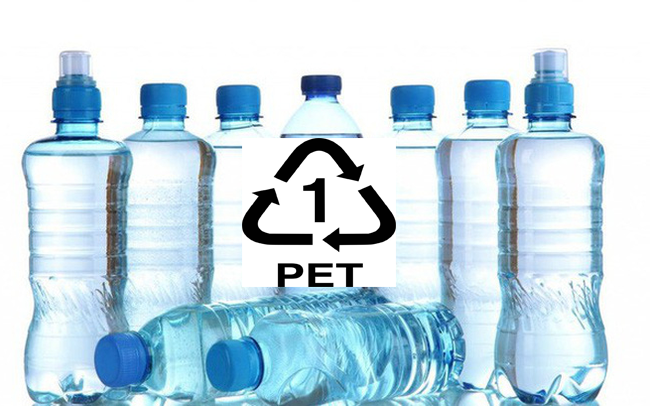
A 1 inside the triangle indicates the plastic is polyethylene terephthalate (PET or PETE). We can find this symbol on bottles for soft drinks and water bottles, salad dressing, peanut butter, vegetable oil containers, and mouthwash bottles.
We recycled PET bottles into new containers, pallet straps, paneling, carpet and clothing fibers, and fiberfill for soft furnishings and sleeping bags.
Although there is demand for recycled PET, the recycling rate in the U.S. was 29.2% in 2017, the latest year for which data was available, according to the National Association for PET Container Resources (NAPCOR) and the Association of Plastic Recyclers (APR).
High-Density Polyethylene (HDPE)
A 2 inside the triangle indicates the plastic is high-density polyethylene or HDPE. You can find HDPE in milk jugs, shampoo bottles, butter and yogurt tubs, motor oil bottles, shopping, trash bags, bags inside cereal boxes, and household cleaner and detergent bottles.
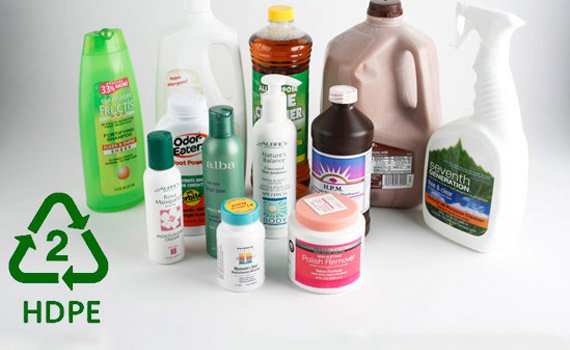
They recycle this plastic into lumber, drainage pipes, pens, fencing, picnic tables, doghouses, benches, and floor tiles, in addition to bottles and other containers.
The recycling rate for HDPE bottles was 31.1% in 2017.
Vinyl (V or PVC)
A 3 inside the triangle indicates the plastic is vinyl or polyvinyl chloride. You can find vinyl in piping, siding, medical equipment, wire jacketing, clear food packaging, cooking oil, window cleaner, detergent, and shampoo bottles.
Vinyl is rarely recycled. A tiny percentage of PVC is recycled into mats, speed bumps, cables, flooring, roadway gutters, mud flaps, paneling, and decks.
Low-Density Polyethylene (LDPE)
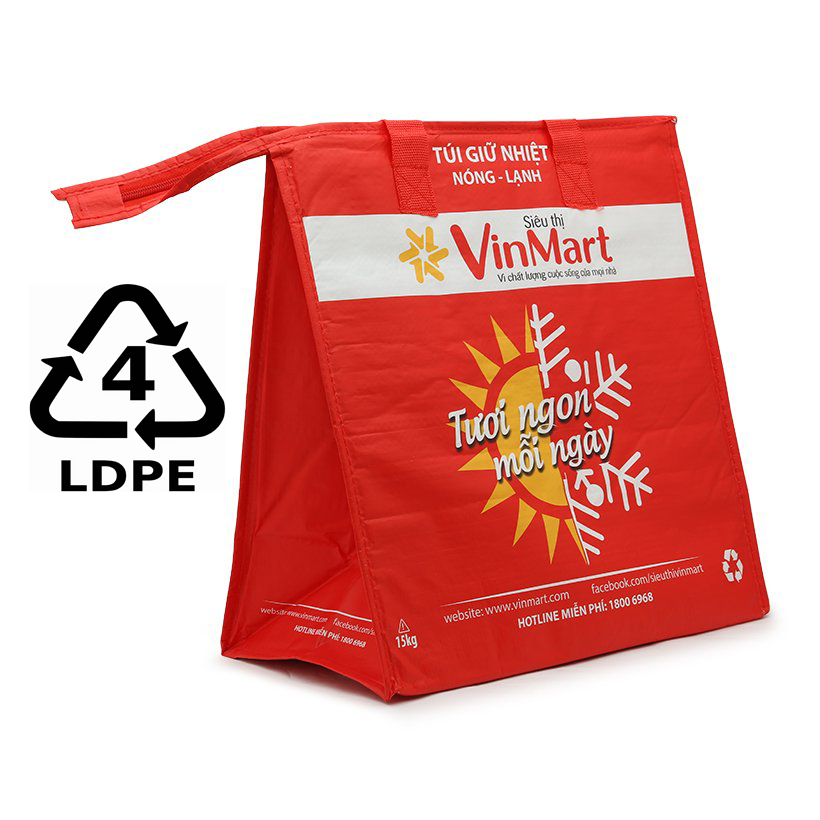
A 4 inside the triangle indicates the plastic is low-density polyethylene or LDPE. This plastic is commonly in shopping bags, squeezable bottles, carpet, furniture, clothing, tote bags, dry cleaning bags, and frozen food or bread bags. LDPE is rarely recycled.
Polypropylene (PP)
A 5 inside the triangle indicates the plastic is polypropylene or PP. We can find it in medicine bottles, straws, bottle caps, ketchup bottles and syrup bottles, and a few yogurt containers. This plastic is often chosen for bottles and containers that must accept hot liquids as it has a high melting point.
PP is rarely recycled. We use recycled PP to produce trays, pallets, bins, rakes, bicycle racks, landscape borders, ice scrapers, auto battery cases, brushes, brooms, battery cables, and signal lights.
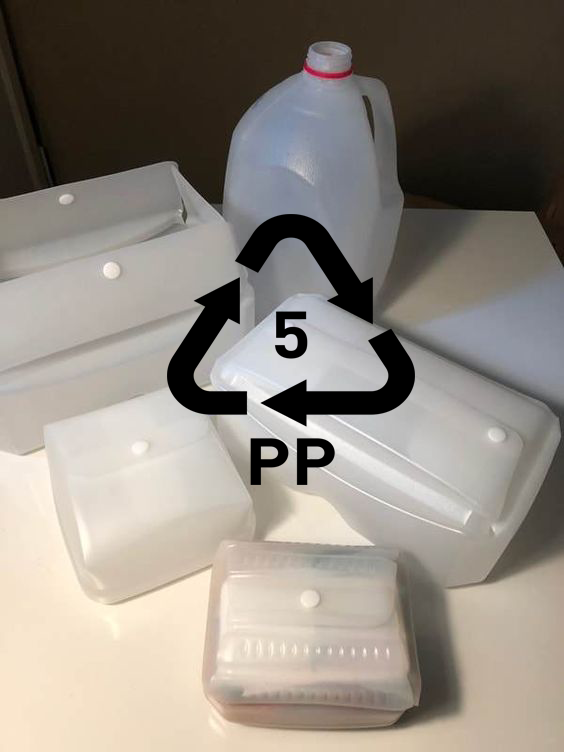
Polystyrene (PS)
A six inside the triangle indicates the plastic is polystyrene (PS), which is also erroneously referred to as Styrofoam, the name of a Down-trademarked brand of polystyrene insulation. You can find PS in disposable cups and plates, carry-out containers, egg cartons, and meat trays. It is hard to recycle, and some municipalities in the U.S have banned it.
Miscellaneous Plastics
Any plastic that does not fall under one of those six types has a seven inside the triangle. These plastics include nylon and polycarbonate. Food containers, signs and displays, computers and electronic devices, DVDs, sunglasses, and bulletproof materials can be made of them.
These plastics are rarely recycled, but they can transform into plastic lumber and certain custom-made products.

